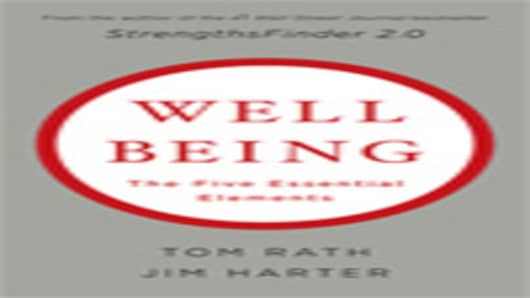We found that what’s best for the employee isn’t at odds with what’s best for the organization.
On the contrary, doing what’s best for the employee greatly increases the likelihood of the organization’s success.
One of the best questions we asked more than 15 million workers is whether their supervisor (or someone at work) seems to care about them as a person.
People who agree with this statement perform better, produce higher quality work, and are less likely to get sick or injured on the job.
This all adds up to a more efficient and higher performing organization.
What’s more, the world’s best managers see the wellbeing of each employee as an end in itself instead of as a means to an end. Those managers realize that each worker’s wellbeing, and in many cases the wellbeing of his or her family, is intertwined with their ability to lead and manage.
Ritz-Carlton President Simon Cooper sees his organization serving not only its 38,000 employees around the world, but also their families, which results in better customer service. Mervyn Davies, former chairman of Standard Chartered Bank, helped more than 70,000 employees realize that the bank cared about their emotional and physical health. During his tenure, Davies initiated several programs aimed at boosting his employees’ wellbeing, and he always encouraged employees to put family first. Davies even shared with his employees his own challenges as his wife battled cancer. He knew there was no way employees could truly love their organization — and ultimately perform at a high level — if it didn’t have a heart. Cooper and Davies are just two examples of leaders who understand that improving the wellbeing of their employees helps drive business results.
No doubt some leaders will ignore their employees’ wellbeing, dismissing it as beyond the scope of their jobs. But they do so at their peril. The best leaders already understand that they are in the business of boosting their employees’ wellbeing and are using this knowledge as a competitive advantage to recruit and retain the best employees. They know it will be easier to attract top talent if they can show a prospective employee how working for the organization will translate into better relationships, more financial security, improved physical health, and more community involvement.
But leaders can’t just tell employees that they care about their wellbeing.
They have to take action if they want to see results. This requires continual measurement and follow-up to help workers manage their wellbeing over time. Just as the most successful organizations have worked systemically to optimize their levels of employee engagement, attention to employee wellbeing will provide an emotional, financial, and competitive advantage.
More Executive Strategies on CNBC.com:Best American CEOs of All TimeWorst American CEOs of All TimeAmerica's Highest Paid CEOsExecutive Career Strategies
_______________________________________







